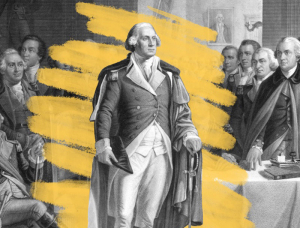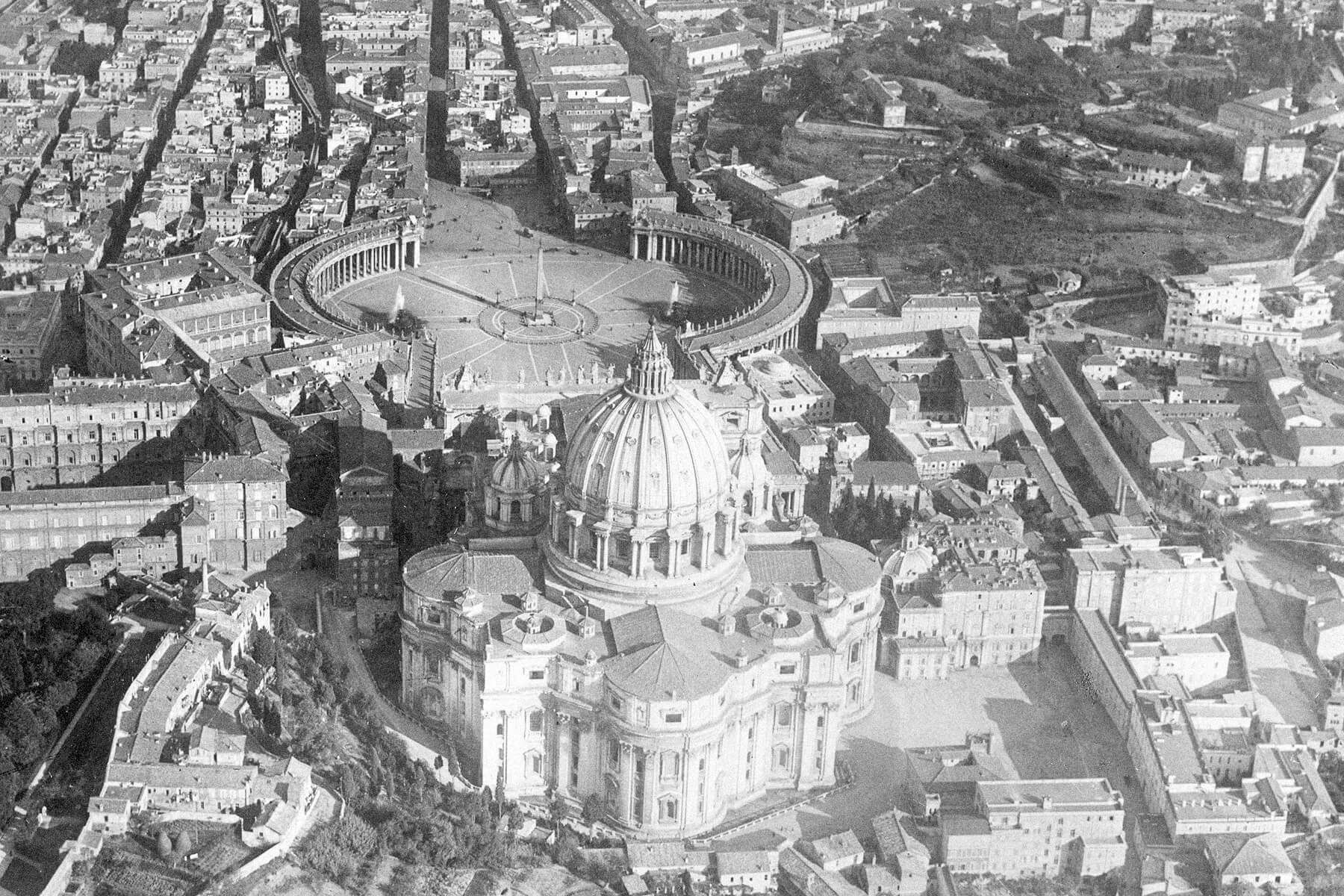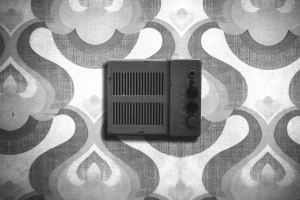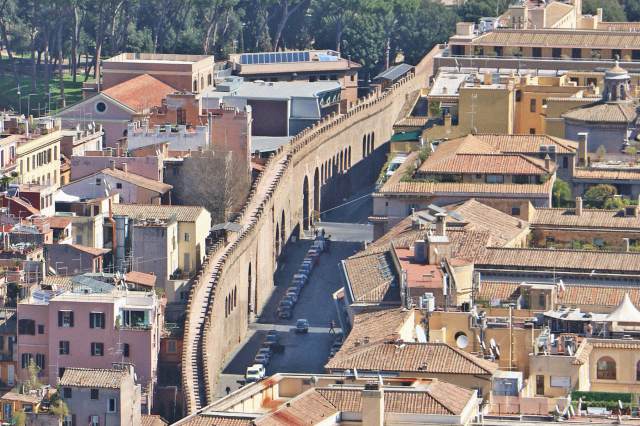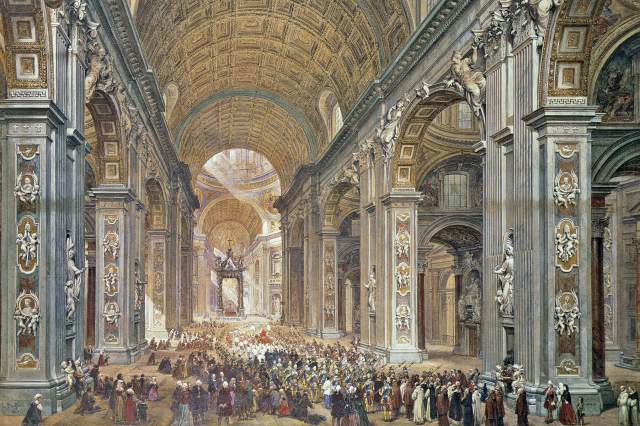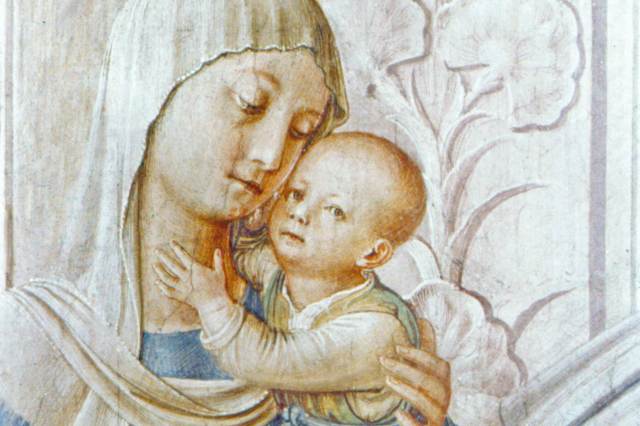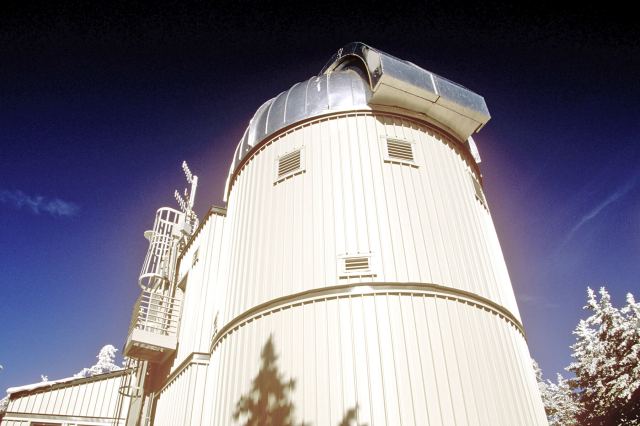5 Fascinating Facts About the Vatican
On June 7, 1929, the Italian dictator Benito Mussolini signed a treaty that established the independent state of Vatican City. With this act, the Holy See — the government of the Catholic Church, led by the pope — finally had an official home. The Vatican had existed since the ancient Roman Republic, and had served as the capital of the Papal States, but it was only in 1929 that its geographic and political boundaries were defined.
With the creation of Vatican City, a true geographical oddity was born. The most famous fact about the Vatican is likely its status as the world’s smallest fully independent nation-state. No country in the world comes close to matching the Vatican’s minuscule population, which stands at less than 800 people, nor its tiny size, with an area of just 121 acres (49 hectares) — about one-eighth the size of New York City’s Central Park. Yet within this small space sit some of the world’s most spectacular religious and cultural sites, including St. Peter’s Basilica, the Sistine Chapel, the Vatican Apostolic Library, and the extensive Vatican Museums. Here are some more fascinating facts about the Vatican, from the elite soldiers who guard the pope to a papal telescope in an unlikely locale.
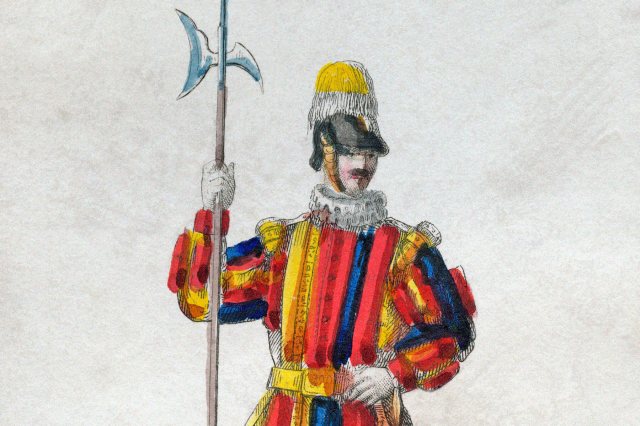
The Vatican Is Protected by One of the World’s Oldest Military Units
The Pontifical Swiss Guard has protected the pope since 1506. Consisting of between 110 to 125 soldiers, it is often considered one of the smallest armies in the world. It is also one of the oldest military units in continuous operation, originating with the Swiss mercenaries recruited by former popes during the Italian Wars (1494 to 1559). Today, members of the Swiss Guard are some of the most famous and recognizable residents of the Vatican. In their distinct dress uniforms of blue, red, orange, and yellow, and often wielding halberds, they are an impressive sight. But they are not simply ceremonial. The Swiss Guard is an elite military corps, and competition for inclusion among their ranks is fierce. New recruits must be unmarried Roman Catholic males with Swiss citizenship aged between 19 and 30 years old — and they must be both capable and willing to protect the pope with their lives.


